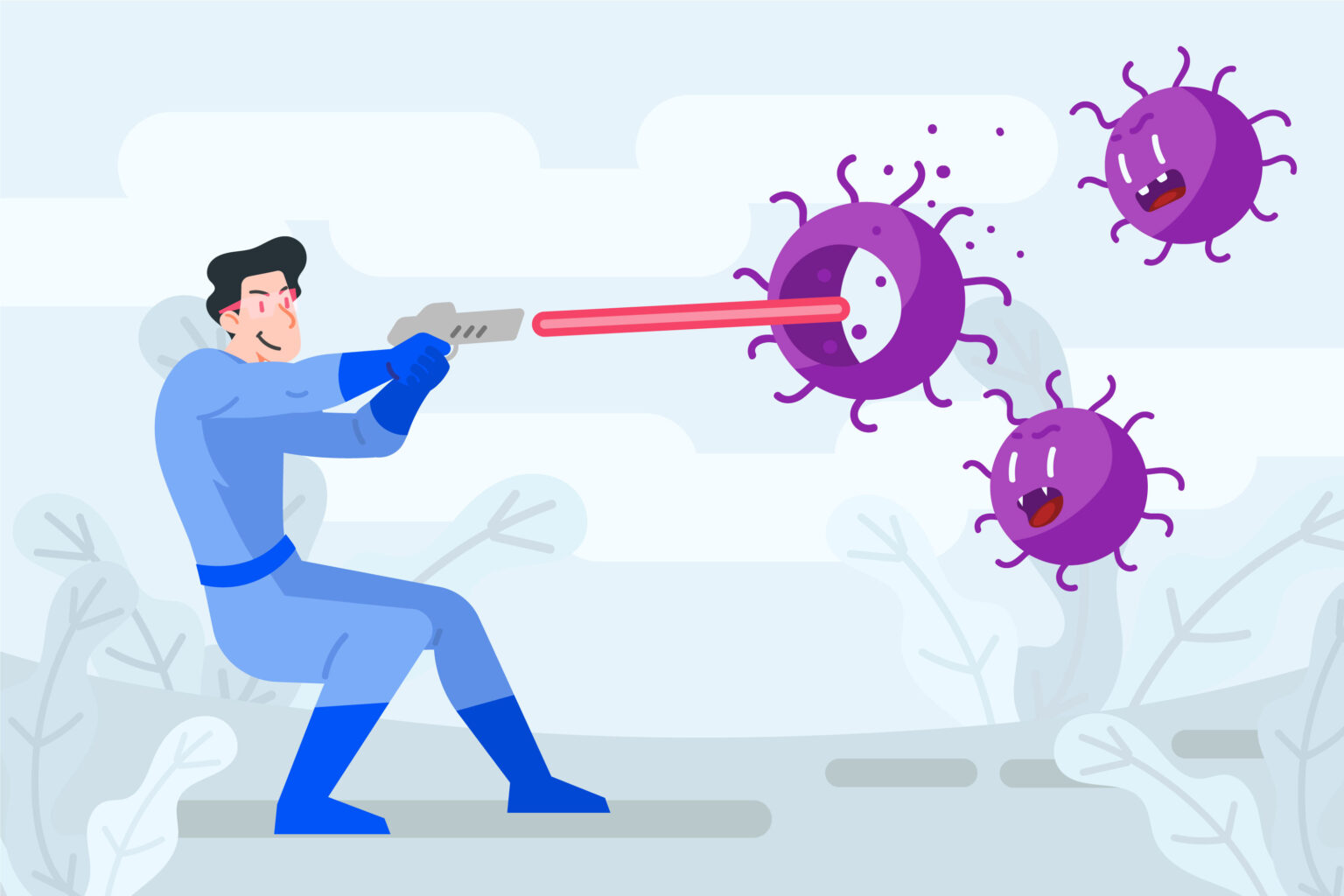Table of Contents
West Bengal reported infection of Bird Flu
“World Health Organisation (WHO)” reported the second case of avian influenza in India. This is case of H9N2 in a 4-year-old child residing in West Bengal. while the first case was reported in 2019. The child was admitted to the hospital in the pediatric “intensive care unit (ICU)” after experiencing respiratory problems, fever, and abdominal pain. However, the child was discharged after being treated for three months not recover and his situation started to deteriorate.
Initially, the child was diagnosed with hyperactive airway disease and was tested for influenza B and adenovirus in early February. Nevertheless, a recurrence of severe respiratory distress on 3 March led to readmission to the hospital. As per the reports of Reuters number of tests revealed that there is a presence of influenza A and rhinovirus (not subtype) and rhinovirus leading to further investigation at the National Influenza Centre.
What caused this infection to the 4 year old Child?
It was found that the patient lives near the poultry at home but there were no known individuals suffering from the respiratory illness.
This is the second case of bird flu reported in India with the first case reported in 2019.
About H9N2 Virus
This Virus is a subgroup of Influenza A that affects birds but sometimes also spreads to humans. This virus is observed among those with close contact with poultry.
However, the virus causes low respiratory illness among individuals. The spread of this virus among humans is rare but the illness is concerning due to its virulent strains.
Common Symptoms of Bird Flu among humans
- Fatigue.
- Nausea and vomiting.
- Fever.
- Cough.
- Stuffy or runny nose.
- Sore throat.
- Muscle aches.
- Diarrhea.
How does this Avian Influenza spread?
Individuals who work close to poultry such as ducks, hen are at a high risk of bird flu. It is a seldom contagious disease that transfers from one person to another.
Humans get infected with this disease when they come in close contact with the body fluid of animals, saliva, poop, and respiratory droplets of infected animals.
One can get infected when they breathe the dust particles through their nose, mouth, and eyes. However, one cannot get infected with this virus if one eats properly cooked poultry eggs, and meat.
How Avian flu is diagnosed?
Healthcare providers can diagnose avian flu using a throat or nose swab. Since they don’t typically test for avian flu, it’s important to inform them if you’ve been in contact with birds or other potentially infected animals. The sample will then need to be sent to a specialized lab for testing.
Overall, This virus, a subgroup of Influenza A, affects birds but can also spread to humans. The virus spreads through close contact with animal fluids, saliva, poop, and respiratory droplets. Preventative measures include wearing masks or gloves, removing infected animals from the food supply chain.
Prevention and Precaution
- One should wear masks or gloves while working with poultry birds.
- Animals infected by this virus must be removed from the food supply chain immediately
- People who frequently touch birds livestock and animals must wash their hands frequently.
- In case of a severe outbreak, one must abide by the guidelines of public health.
- One must take their shoes off before entering their house after being in the areas with birds. These steps help prevent the spread of bird droppings.
- Additionally, in case of an outbreak, people should use vaccines to further reduce the spread of spread and serious conditions.

2 Comments
Pingback: Bird Flu cases confirmed in India by WHO. - INPAC Times
Pingback: Kanchanjunga Express Crashed by Goods Train in Bengal, Causing Major Accident. - INPAC Times